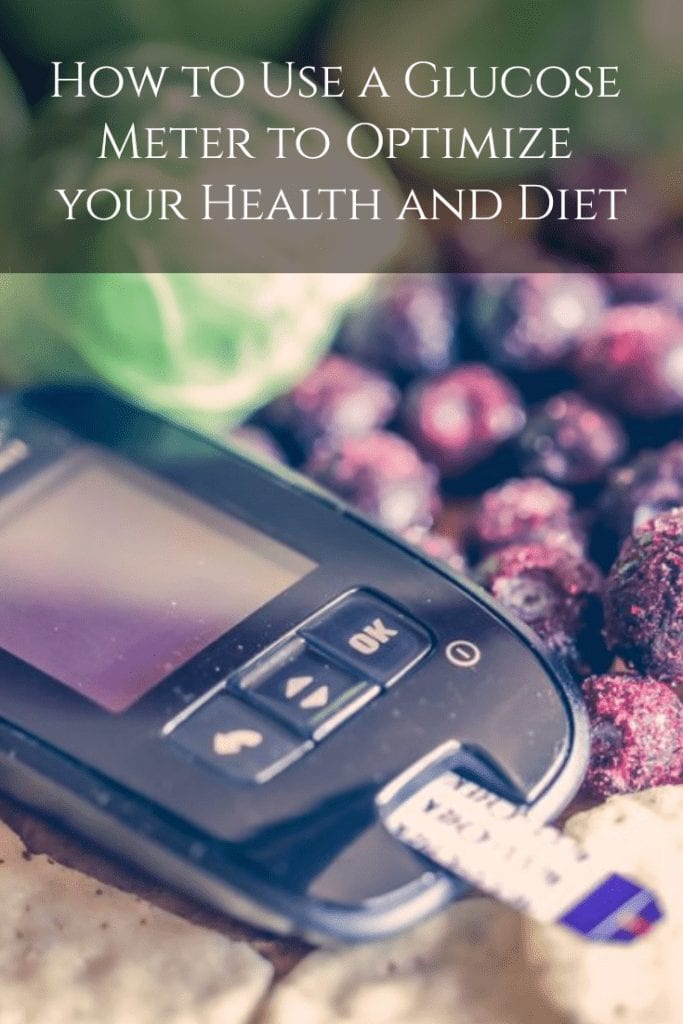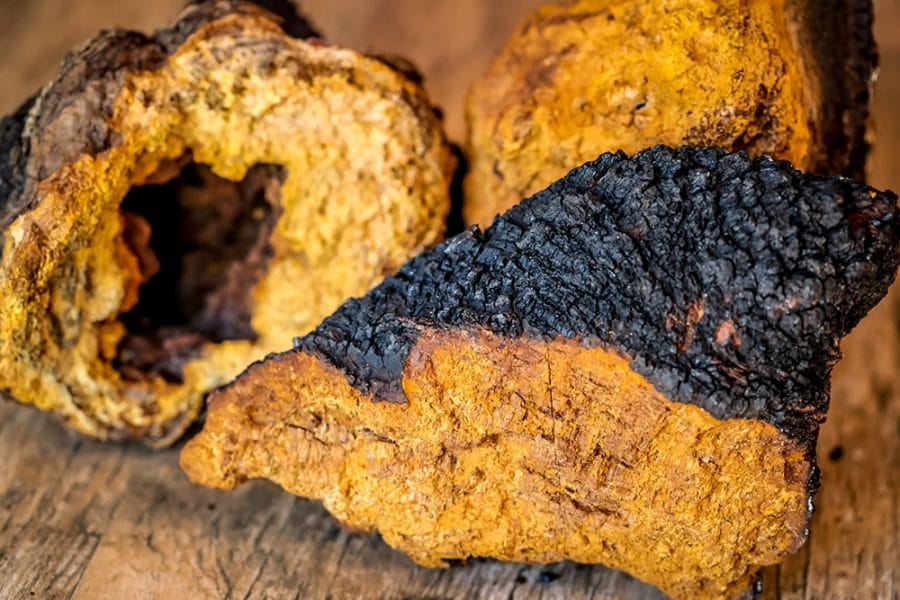One Simple Tool, Countless Health Benefits: Are You Using It?
Ever wonder if unhealthiness is something that can be felt—or even measured?
Some of us may already know the answer to this question. After eating certain foods, something may just not feel quite right. Maybe it’s dizziness, getting a headache, a stomachache, getting too tired…the list goes on.
It’s like the body is communicating something to us, telling us to stop.
However, with certain foods—and certain body types in people—this important cue might be completely absent.
There’s no way to know what food might be an unhealthy one, and exactly when— and how—it starts to hurt the body. That is unless we thoroughly educate ourselves and stick to our guns.
Though without palpable repercussions, keeping to simple knowledge can be hard. The threat to wellness may feel like it’s a million miles away, especially if we can’t feel the consequences right away.
But not so if we keep track of these consequences with self-education and even use certain tools, like a glucose meter.
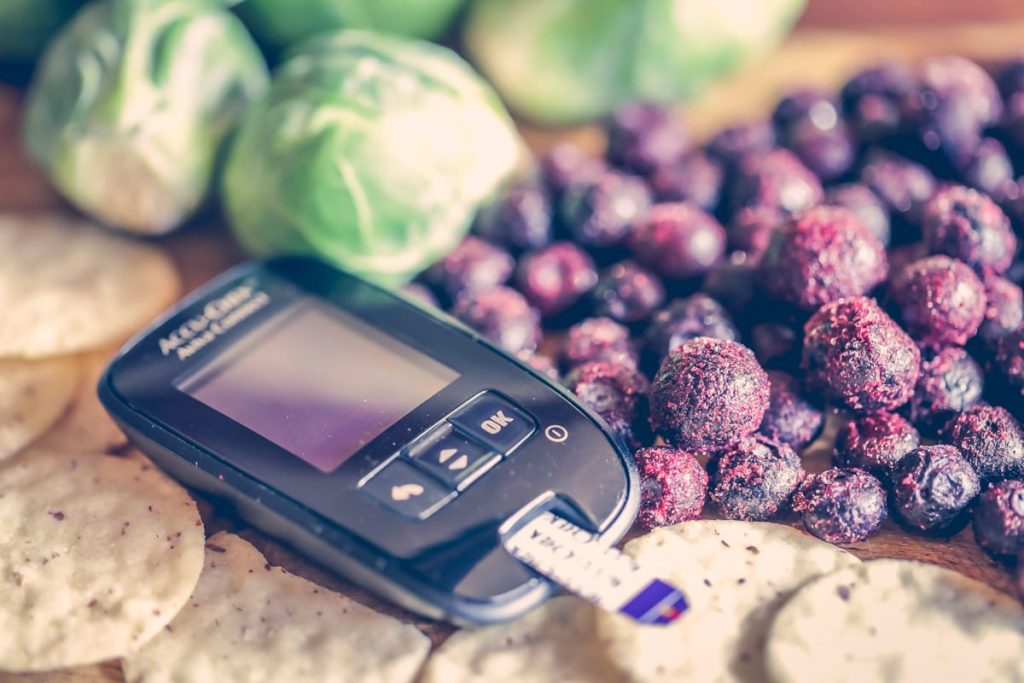
BLOOD SUGAR SPIKES: A SOURCE OF UNHEALTHINESS FROM DIET
Blood sugar spikes are one of the most silent, unfelt effects from eating unhealthy foods that we all experience.
But what are blood sugar spikes? What do they lead to, and why are they so unhealthy?
It’s easy to imagine blood sugar as literal sugar coursing through one’s veins, but it’s not quite like that—though almost.
Our bodies take food and break the sugars in it down into glucose, which is a form of sugar that can then be absorbed into the body. It’s later used as a fuel, part of the “sugar high” we feel especially with sugary foods or carbs.
And that’s the thing: when eating sugars, junk foods, processed foods, and carbs, the body releases a ton of glucose into our bloodstream.
This is what is called a blood sugar spike.
BLOOD SUGAR SPIKES ARE NORMAL – BUT TOO MANY ARE BAD
Fortunately, we have a way to utilize and store this glucose into our cells: and it’s called insulin.
In a way, this means blood sugar spikes are somewhat normal since the body has a natural way of dealing with them.
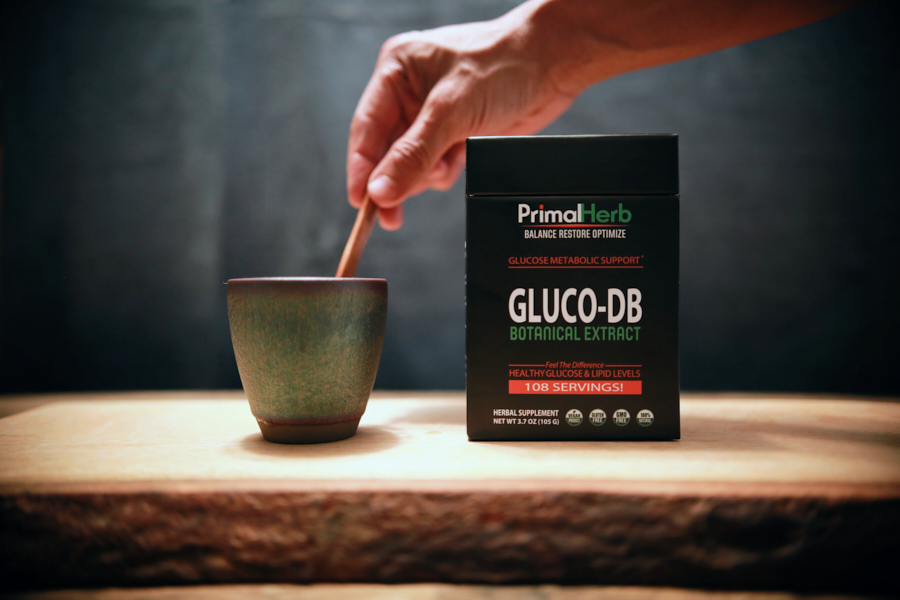 Learn More About Gluco-DB : Click Here
Learn More About Gluco-DB : Click Here
However, if we let the body experience too many blood sugar spikes all the time, it eventually gets used to them and builds up a tolerance—not unlike when drinking alcohol.
A few things can happen because of this, but what most commonly happens over time is what is called “insulin resistance.” This means, basically, that one’s insulin levels are constantly low, and/or that insulin doesn’t work so hard to convert sugar into energy anymore.
So, what happens when all that blood sugar escalates all the time and is pumping through one’s veins to all parts of the body?
Well, harmful chronic inflammation happens—and it afflicts every part, organ, and system in the body.
WHAT FOODS ARE MOST LIKELY TO CAUSE BLOOD SUGAR SPIKES?
Fortunately, not all foods cause blood sugar spikes, of course—only some of them. Obviously, sugary foods are the most suspect. But they’re not the only ones to be worried about.
Along with sugars, processed foods are very harmful. Then there is the entire world of carbohydrates to worry about.
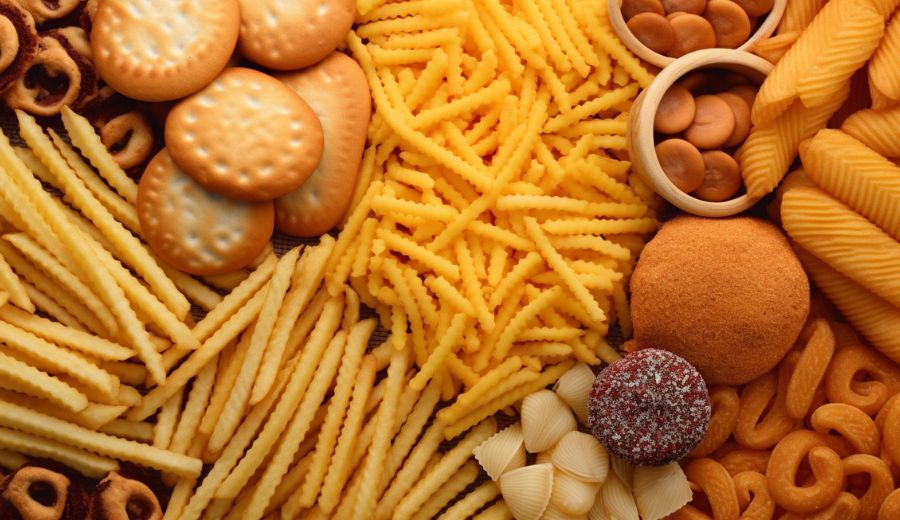
Carbs are basically macronutrients dressed up to be something other than sugar when really all they are is a different type of sugar. Carbohydrate foods may also contain some protein and fiber, but that still doesn’t make them any less a food that causes blood sugar spikes.
Foods known to cause blood sugar spikes are:
- Sugars (raw, processed, honey, maple syrup, organic, etc.)
- Sweetened foods (soda, candy, juices, yogurt, etc.)
- Processed foods (packaged foods, snacks, additive-rich foods, etc.)
- Fruits (especially those with high glycemic index, like bananas)
- Fruit juices (especially from concentrate: orange, cranberry, etc.)
- Legumes (beans, lentils, black-eyed peas, snap peas, peanuts, etc.)
- Baked goods (breads, pastries, donuts, pastas, cookies, etc.)
- Whole grains (wheat, corn, oats, barley, rye, etc.)
- Rice (especially white rice, unless prepared as resistant starch)
- Potatoes (especially white potatoes, unless prepared as resistant starch)
Keep in mind, however, that everyone is different.
The way one person’s blood sugar reacts to a certain food may be quite different than the next, which is all the more reason why it’s helpful to use a glucose meter, which we’ll get into later.
WHAT CAN BLOOD SUGAR SPIKES LEAD TO?
Eating lots of these foods may cause blood sugar spikes, which in turn causes chronic inflammation. So what?
It may be easy to dismiss chronic inflammation as “not quite a health problem,” or even as pseudoscience. But the truth is, chronic inflammation does exist, and it’s the leading cause of some of today’s worst chronic illnesses.
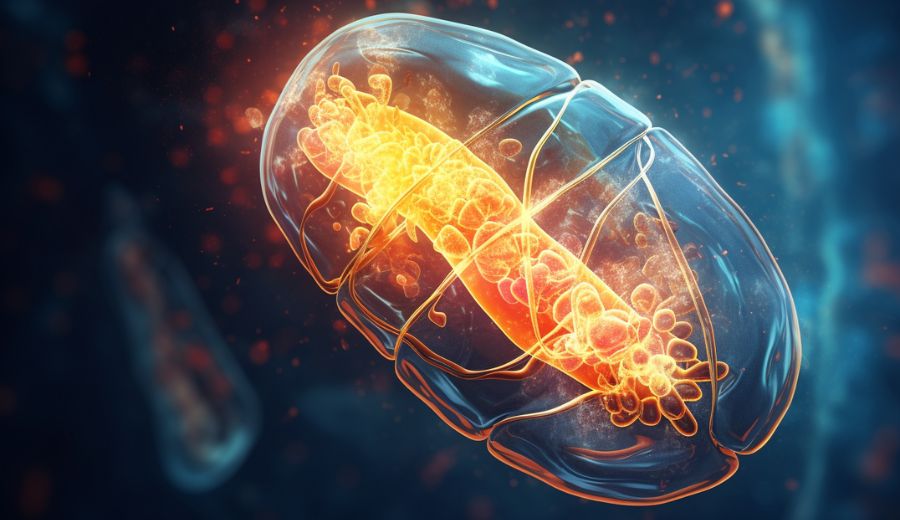
What’s more, blood sugar spikes from a poor diet are in and of themselves one of the top causes of this inflammation. In turn, this may lead to some of these common illnesses and conditions:
- Type 2 diabetes
- Heart disease
- Obesity
- Fatty liver disease
- High blood pressure (hypertension)
- Digestive and gut disorders (like leaky gut)
- Depression and anxiety
- Mitochondrial illness
- High cholesterol
- Adrenal fatigue
- Autoimmune disorders (like rheumatoid arthritis)
- Cancers
As some of us know all too well, though these types of illnesses are the most damaging and lethal of all, they can also be the ones that develop in the slowest, most unnoticeable ways, suddenly striking with the worst health impacts long after it’s too late.
So how do we truly navigate the diet, find out what gives us the worst blood sugar spikes, and then avoid it all?
THE SOLUTION? BUY A GLUCOSE METER
Ever heard of a glucose meter? They are also known as blood glucose monitors, glucose testers, glucose readers, or glucometers.
These tools are made and designed for people with diabetes to check their blood sugar levels. The user pricks their finger with a sterilized needle, places blood on a test strip, then inserts it into the meter to have blood glucose levels read and measured.
But really, blood glucose meters can be useful to all sorts of people with healthy dieting goals—because they help detect and measure blood sugar spikes in anyone.
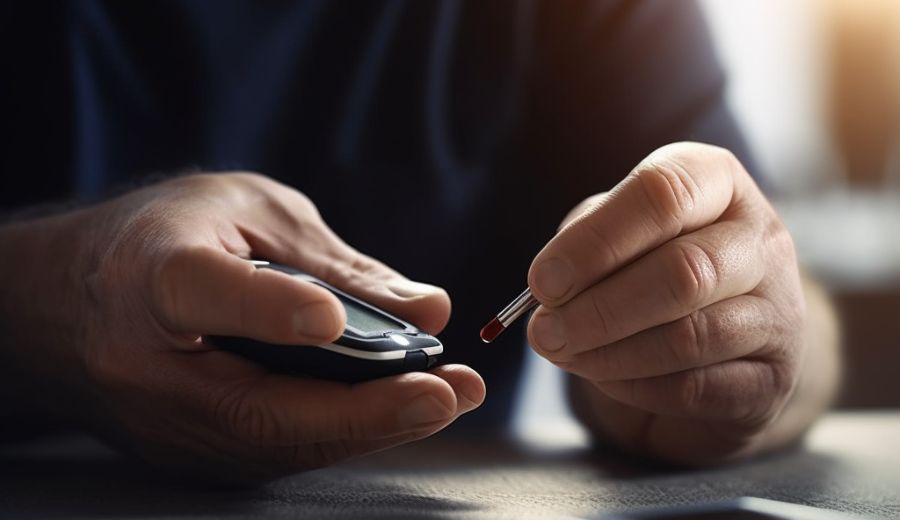
They are also especially helpful to measure each person’s unique blood sugar response to certain foods since everyone reacts a little differently.
When strategically used, too, they determine whether a person’s present diet is one that keeps blood sugars reasonably level, or if what they eat regularly causes blood sugar levels to get too high too often—and thus cause chronic inflammation and increase the chance of disease.
So, where to start?
Here are some basic steps to using a glucose meter, and how it can help people eat in a way that avoids harmful blood sugar spikes.
STEP 1: INVEST IN A GLUCOSE METER (AND TEST STRIPS)
There are tons of different types of glucose meters on the market—large to small, expensive to affordable. Some are known to work better than others and give more accurate readings, while others are made to be quicker and easier to use.
Robb Wolf, best-selling author and leading expert on the paleo diet, recommends his favorite glucose meter here. Chris Kresser, a functional medicine doctor, recommends the Relion Prime model here.
On average, most glucose meters are quite affordable, reliable, and generally accurate—though the more one invests in a better model, the more accurate it will likely be.
Don’t forget to purchase test strips for the reader too, which is essential. These can be an ongoing expense over time, but luckily, cheap test strips can be obtained online or in other places.
STEP 2: TEST BLOOD GLUCOSE AND RECORD THE RESULTS
Follow the instructions per each unique blood glucose meter model.
Typically, this involves using a sterilized needle (or “lancet”), placing pricked blood on a test strip, and reading through the meter, but this may vary.
To use a blood glucose meter strategically to test one’s blood sugar levels, however, make sure to test blood glucose at target times, such as in this plan below.
This specific plan will give an idea of what average blood sugar spikes might look like over time with one’s current diet:
- 1 – Test levels first thing in the morning to get an idea of one’s “normal” blood sugar levels, before eating anything or exercising. This is called one’s “fasting blood glucose level.” It provides a clearer indication if one hasn’t eaten for around 12 hours. Write down the results.
- 2 – Just before lunch, test again. Write down these results and label them, too.
- 3 – Eat a typical lunch. Don’t eat anything after lunch for three hours. Then, test blood sugar levels again one hour later.
- 4 – Test blood glucose two hours after lunch. Make sure to not eat anything for another hour.
- 5 – Test blood glucose three hours after lunch. Make sure to write down exactly what readings say and label them for what they are.
It’s recommended to do this for two or three days to get an “average” idea of what blood sugars look like, and how blood sugars spike in each individual.
On the third day, it’s recommended to eat something really sugary or a simple carbohydrate instead of what one would normally eat (if this isn’t what a person normally eats, that is)—like a boiled white potato or cup of cooked white rice, for example.
This can help compare a definite high blood sugar spike to what a person would normally eat.
As another option, people can follow the above directions but instead experiment with specific foods they usually eat or also ones that are commonly known to cause blood sugar spikes.
This way, they can get acquainted with how their body specifically reacts to certain foods, and which ones may be particularly bad for them and are best to avoid—or not so much.
STEP 3: ANALYZE AND INTERPRET RESULTS—AND MAKE CHANGES
This last part is what really helps separate the wheat from the chaff, and truly determines if one’s diet—or specific foods a person eats—triggers blood sugar spikes and if changes need to be made.
As a helpful reference, the below shows the ideal blood sugar levels to compare to at each stage of the test:
- Fasting blood glucose (mg/dL): less than 86
- Post-meal blood glucose after 1 hour (mg/dL): less than 140
- Post-meal blood glucose after 2 hours (mg/dL): less than 120
- Post-meal blood glucose after 3 hours (mg/dL): less than or close to 86
BAD RESULTS? TIME TO CHANGE UP THAT DIET
Are result numbers greater than the guidelines above? Then it may be time to really study what causes these blood sugar spikes and to avoid or cut down on those foods and re-test again.
Over time, this will help cut down on chronic inflammation and possibly even slash down one’s risk of obesity, heart disease, diabetes, and other illnesses drastically.
As a general rule, of course, it’s wise to cut down on all sugars, carbohydrates, grains, legumes, high-sugar fruit juices, and processed foods to avoid blood sugar spikes altogether.
Of course, the above foods are tasty and tantalizing and can be hard to find equally delicious replacements for. But luckily, healthy substitutes are not too hard to find, and can be just as tasty:
- Eat more dietary fiber, which is known to help curb blood sugar spikes
- Eat more resistant starches, which are basically carbohydrates prepared specially to function more like fiber than sugar
- Eat more nutrient dense foods, which are rich in antioxidants and nutrients that reduce chronic inflammation (such as liver and oysters)
- Eat more healthy fats, such as moderate saturated fats and more unsaturated fats, while avoiding trans fats
- Try healthy immune herbs and mushrooms which act as nutritional extras to reduce chronic inflammation and improve health
GET SOCIAL – LIKE, COMMENT, PIN, AND SHARE!
Recommended
Discover Gynostemma: Nature’s Answer to Chronic Pain Relief
Pain isn’t always simple. Pain can be acute or intense, but it can also be chronic, subtle, and life-changing. No matter what pain may be like, it can be limiting. More frustrating are the limited …
Elevate Your Memory: Nature’s Best for Cognitive Boost
It can be frustrating, the way it infiltrates anything and everything in one’s routine. At first, we might not be able to put a finger on what’s going on, or even think of it as …
Chaga Mushroom Unleashed – The Research Continues to Amaze!
There are culinary mushrooms we know quite well, like button mushrooms, portobellos, even shiitakes. There are also healing mushrooms like reishi we know as supplements, too. Then there is chaga mushroom. This fungus—which looks more like …
- Exclusive Offers
- Product Giveaways
- Latest Research
- New Product Launches

